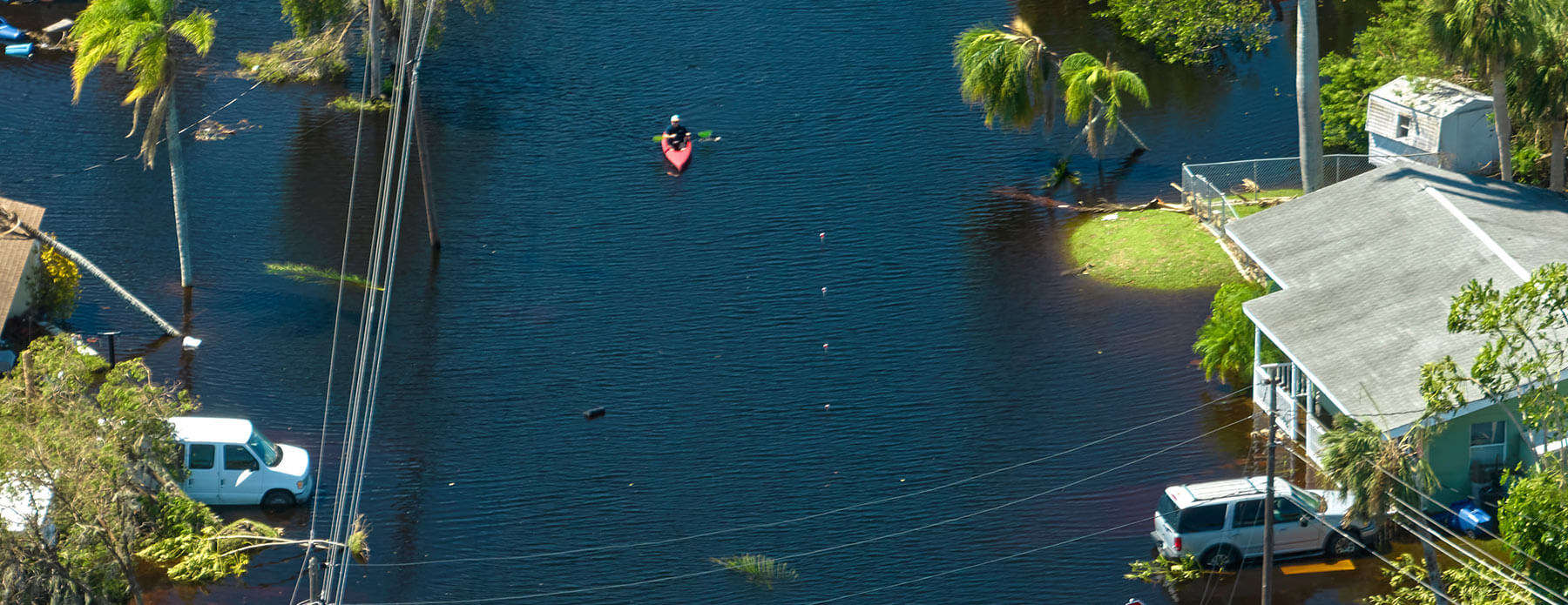In recent years, the U.S. has experienced an increase in extreme hazards – from hurricanes, floods, earthquakes, wildfires, tornadoes and other catastrophic events – drastically affecting families, communities, businesses and our economy.
As a result, governments have taken a much more proactive stance to reduce risks associated with hazards through various mitigation tactics and programs.
What is BRIC?
Now in its second year, FEMA’s Building Resilient Infrastructure and Communities (BRIC) program has increased the annual allocation to further improve resiliency in communities. The program is designed to:
Set Clear Priorities
- Lifelines and infrastructure
- Building codes
- Shared responsibilities and partnerships
- Innovative projects
- Adoption and enforcement of building codes
- Nature-based solutions
Build Capacity
- Innovative projects
- Capability and capacity-building activities
- In-person non-financial technical assistance
- The Mitigation Action Portfolio-selection of case studies
Increase Flexibility
- Reduces limitations
- Increases caps
- Allows pre-award costs
Streamline Processes
- New application process through FEMA GO
- Project extensions
- Phased projects
BRIC Funding
The BRIC program is funded by a 6% set-aside from post-disaster grant expenditures.
FEMA anticipates the BRIC application period will begin on September 30, 2021, with eligible applicants applying for funding by January 29, 2022.* It is important to know that applications received after that date will not be considered for funding.
Program Allocations
In fiscal year 2021, FEMA is anticipated to distribute a record $1 billion in BRIC grants to states, local communities, tribes and territories (SLTTs) for hazard mitigation projects that:
- Reduce risk to one or more lifelines
- Incorporate nature-based solutions
- Enforce modern building codes
- Assist with public infrastructure projects
States and territories who have received a major disaster declaration within the last seven years are eligible to apply for BRIC funding. Eligible BRIC applicants will receive financial assistance for the following activities:
- Technical assistance
- Capability and capacity building (C&CB)
- Mitigation projects
- Management costs
Expanded Eligibility Allowances Under BRIC
Existing pre-disaster mitigation activities are still eligible, however, BRIC expands eligibility to include the following:
- Project scoping
- Building code projects
- Additional activities for wildfire and wind implementation (DRRA Section 1205)
- Earthquake early warning (DRRA Section 1233)
- Incorporation of nature-based solutions
Cost Share
Generally, the cost share for BRIC is 75% federal / 25% non- federal. However, small or impoverished communities are eligible for an increased cost share up to 90% federal / 10% non-federal.
The non-federal cost share may consist of cash, donated or third-party in-kind services, materials, or any combination thereof.
FEMA encourages innovative use of public/private partnerships to meet the non-federal cost share.
Management Costs
Management costs are any indirect costs, any direct administrative costs and any other administrative expenses that are reasonably incurred for administering a BRIC award or sub-award.
Applicants may apply for management costs up to 10% of the total BRIC grant application. Sub-applicants may include management costs up to 5% of their total C&CB activity or mitigation project sub-application. Management costs are covered 100% by federal funds and can be used for hiring outside assistance to implement.
Elements of Good Mitigation Projects
- Risk reduction
- Grant implementation approach
- Innovation in project planning and implementation
- Populations impacted
- Partnerships and outreach
- Incorporation of green infrastructure and nature-based solutions
- Future conditions infrastructure and community lifelines
How We Can Help
The Tidal Basin mitigation team is at the cutting edge of issues related to BRIC funding with in-depth, applied knowledge of all pre-disaster mitigation policies, regulations, and eligibility criteria. Our team is passionate about helping our clients build more resilient communities. Let us help you with the following:
- Hazard mitigation planning
- Identification of eligible projects
- Completion of BRIC applications
- Benefit Cost Analysis (BCA)
- Grant and program management
- Project implementation
- Project closeout
Please contact us for additional information and guidance.



